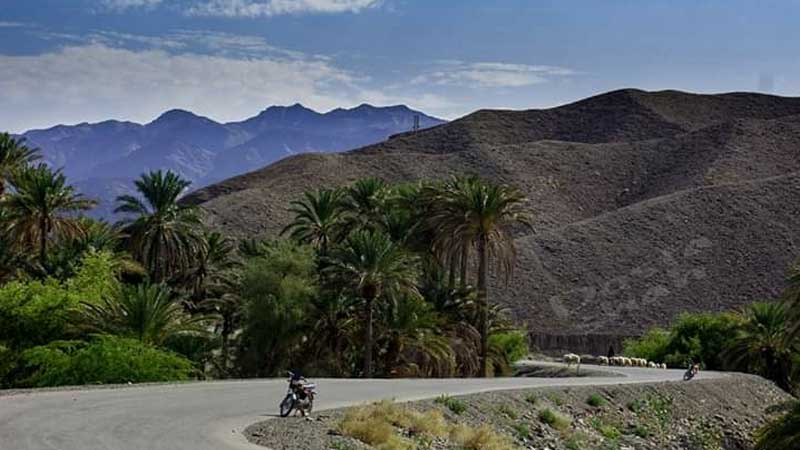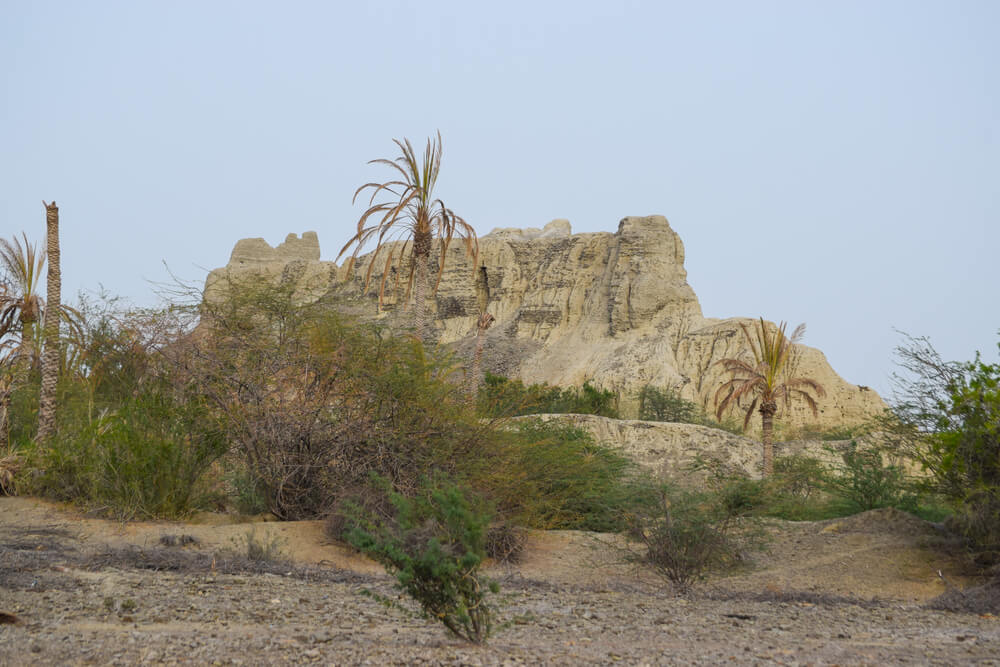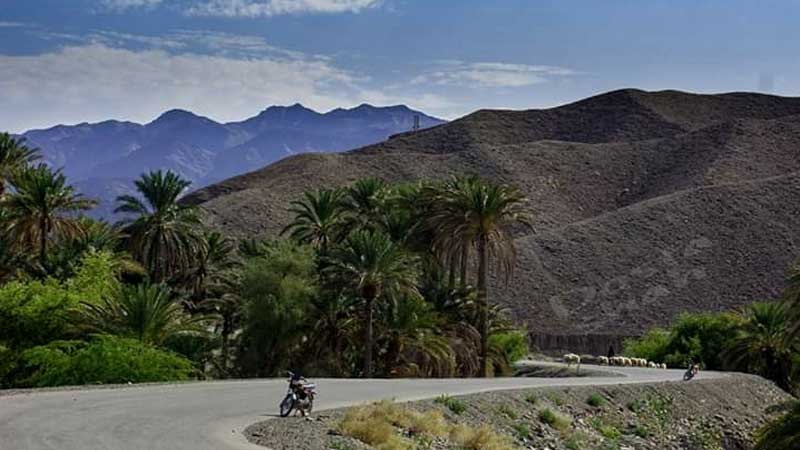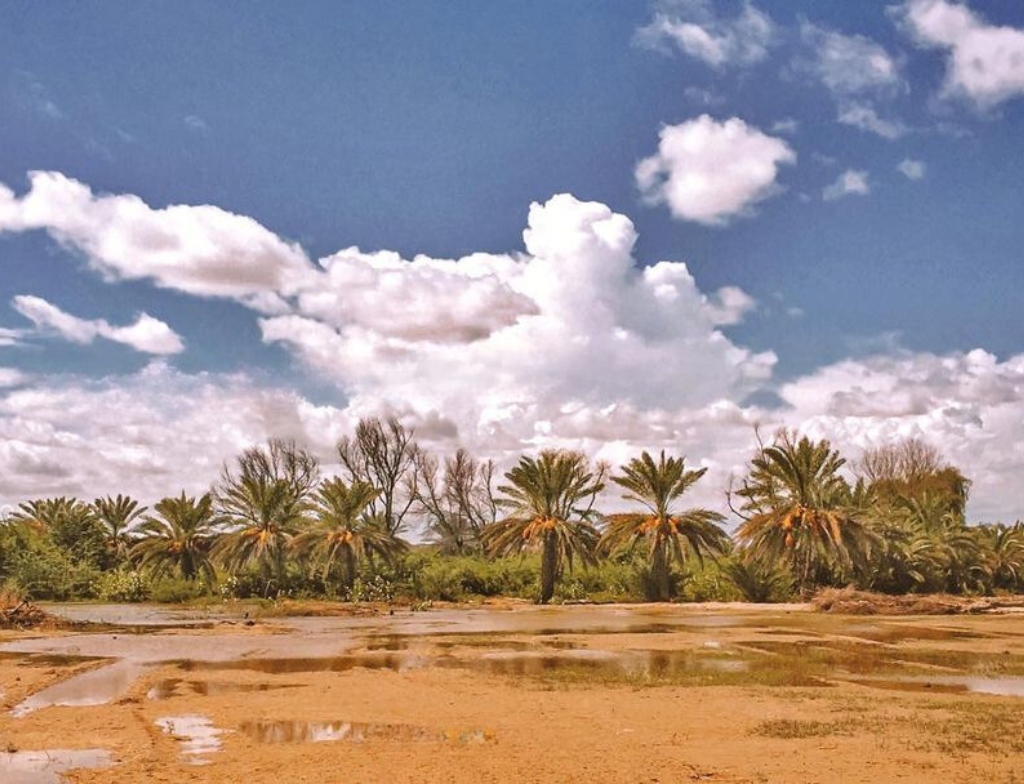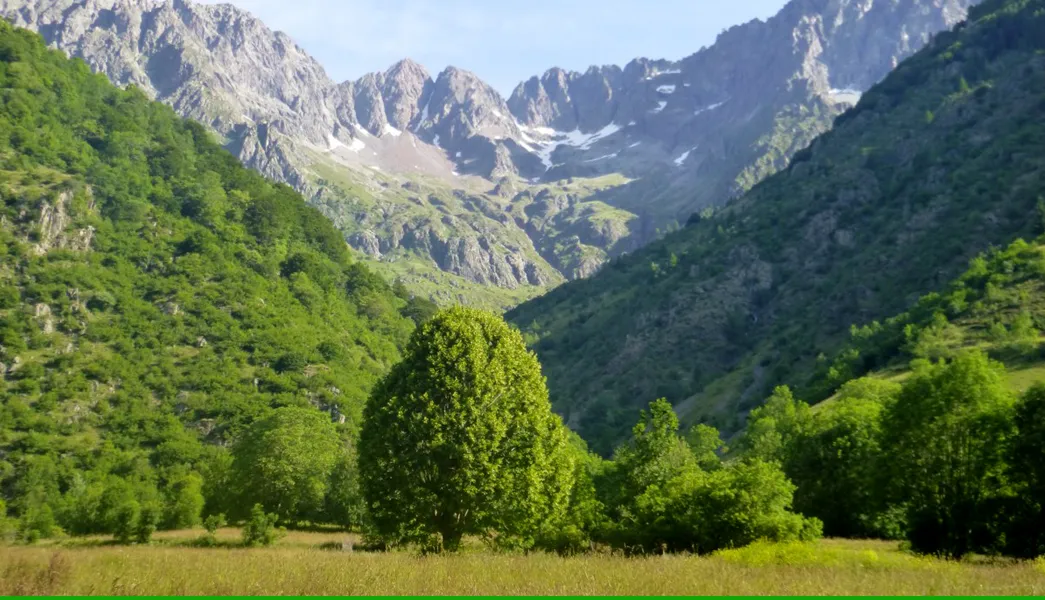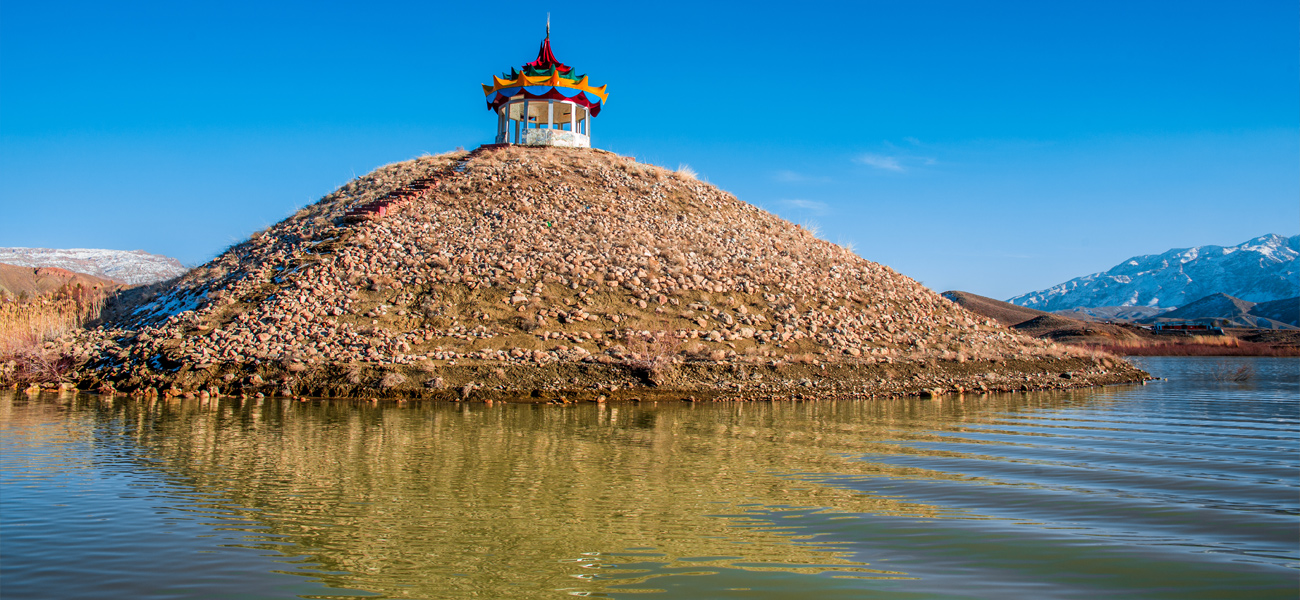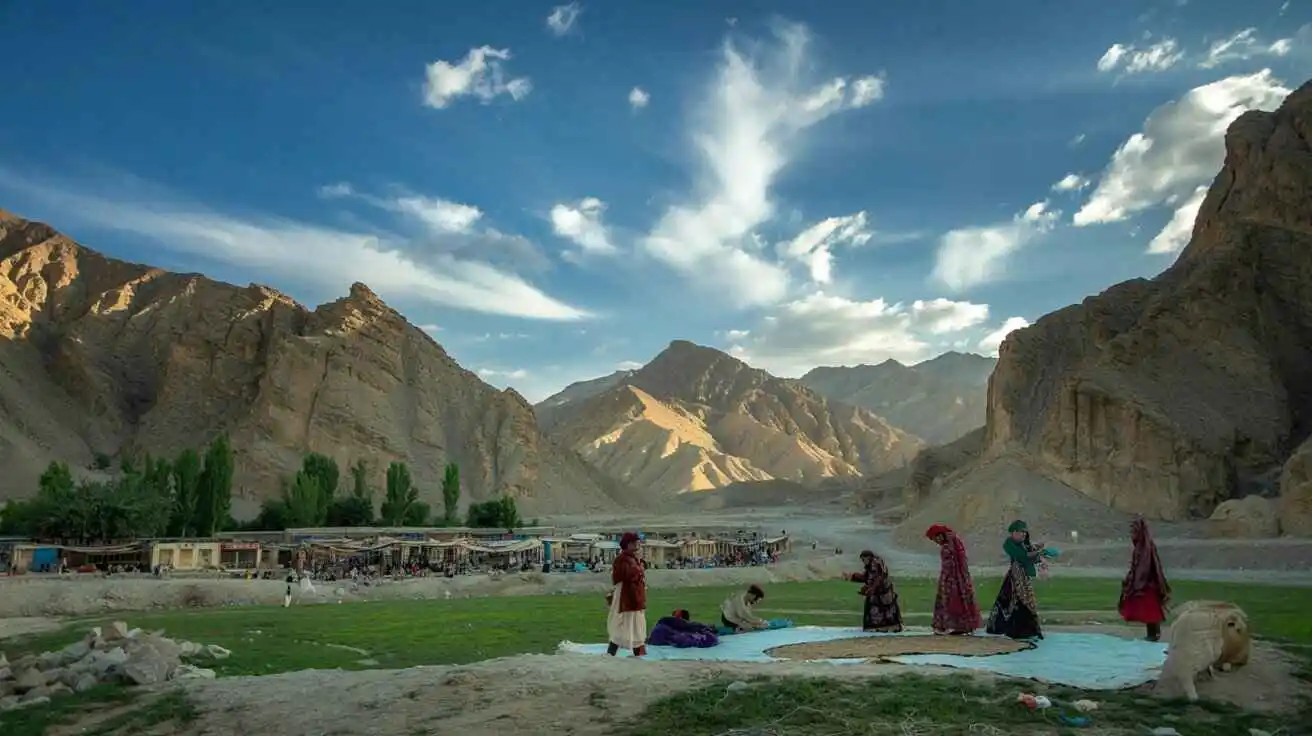
About the Turbat
A Jewel of Southern Balochistan
Turbat is a prominent city in the southern part of Balochistan, Pakistan. As the administrative center of Kech District, Turbat holds strategic, economic, and cultural significance for the province. It is known for its warm climate, historical landmarks, rich cultural heritage, and agricultural prominence, especially in date production. Despite its relatively remote location, Turbat continues to evolve and emerge as a vital hub in the region.
Geographic and Climatic Overview
Turbat lies on the banks of the Kech River and is surrounded by rugged hills and arid plains. The city’s geographical position gives it a distinctive landscape, blending desert terrain with patches of green cultivated lands. It is located near the Makran coastal belt, about 180 kilometers northeast of the port city of Gwadar.
The climate of Turbat is classified as hot desert. Summers are long and extremely hot, with temperatures often exceeding 50°C (122°F), making it one of the hottest cities in Pakistan and even the world at times. Winters are mild and pleasant, offering a respite from the intense summer heat. Rainfall is scarce, but the Kech River and underground water channels known as “Karez” systems help sustain agriculture in the area.
Historical Significance
Turbat is steeped in history, with its roots extending back centuries. It was once the seat of the Gichki Nawabs, the rulers of the former Makran State. The city served as a regional power center and had connections with Persian and Arab cultures due to its proximity to Iran and the Arabian Sea.
Remnants of its historical past are still present in the form of ancient forts, shrines, and traditional mud-brick architecture. One notable site is the shrine of Mir Chakar Khan Rind, a legendary Baloch folk hero who is revered across the Baloch world. His connection with the region further adds to the historical value of the city.
Culture and Traditions
Turbat is a city rich in Balochi culture. The predominant ethnic group is Baloch, and the Balochi language is widely spoken. The people are known for their hospitality, resilience, and deep attachment to their traditions. Cultural events, folk music, and poetry are an essential part of social life in Turbat.
Traditional Balochi music, played with instruments like the soroz and dambura, resonates during festivals and ceremonies. Balochi dances and the recitation of epic poetry (known as sha’ir) celebrate heroic deeds and historical tales. Weddings, in particular, are colorful events that showcase local customs, including elaborate dresses and traditional cuisine.
Clothing in Turbat is also a reflection of cultural identity. Men typically wear loose-fitting shalwar kameez with wide turbans, while women wear embroidered dresses with intricate mirror work.
Economy and Agriculture
The economy of Turbat is primarily agrarian. The city is renowned for producing high-quality dates, which are exported to different parts of the country and abroad. The date palms of Turbat yield various varieties, including the famous Begum Jangi dates. The date industry plays a critical role in the livelihood of many families in the region.
In addition to dates, other crops like wheat, vegetables, and seasonal fruits are cultivated in the fertile patches of land. Livestock rearing also contributes to the rural economy.
Trade and small businesses form the backbone of the urban economy. Local markets are bustling with activity, offering agricultural goods, textiles, electronics, and daily necessities. The development of nearby Gwadar Port has also opened new economic possibilities for Turbat, with growing interest in trade and logistics.
Education and Development
Turbat has made notable progress in the field of education in recent years. The establishment of University of Turbat (UoT) is a major milestone, offering higher education in various disciplines including business administration, economics, computer science, and social sciences. The university plays a key role in promoting education and intellectual development in the region.
There are also several government and private schools and colleges that cater to primary and secondary education. However, challenges such as inadequate infrastructure, shortage of trained teachers, and lack of educational resources still persist in some areas, especially rural parts of Kech District.
Efforts are ongoing to uplift the educational sector with increased government attention and community initiatives.
Transportation and Connectivity
Turbat is connected to the rest of Balochistan and Pakistan through a network of roads. The M-8 Motorway, part of the China-Pakistan Economic Corridor (CPEC), links Turbat with Gwadar and other major cities. This road infrastructure is vital for trade and the movement of people and goods.
Turbat International Airport serves both domestic and limited international flights. It facilitates travel and trade, especially between Turbat and the Middle East, where many locals work abroad.
Public transportation within the city includes buses, rickshaws, and private vehicles. While the road network has improved, rural connectivity still requires significant enhancement.
Health and Social Services
Turbat has a number of healthcare facilities, including the Teaching Hospital Turbat, which serves the city and surrounding areas. Clinics and smaller hospitals provide basic medical care, but advanced healthcare facilities are limited. Serious medical cases often require transfer to larger cities such as Karachi or Quetta.
Access to clean water, electricity, and sanitation services has improved, but not uniformly. Remote areas still face difficulties in accessing reliable public utilities. Various NGOs and government departments are working to address these gaps through development projects.
Security and Governance
Like many areas in Balochistan, Turbat has faced security challenges in the past. Issues such as tribal conflicts, political unrest, and militant activity have occasionally disturbed peace in the region. However, in recent years, the security situation has improved due to increased presence of law enforcement agencies and development-focused initiatives.
The local administration, including the Deputy Commissioner and Municipal Committees, plays a crucial role in governance and service delivery. Coordination between provincial and local governments has increased, especially with the implementation of CPEC-related projects.
Tourism and Local Attractions
Although not yet a mainstream tourist destination, Turbat and its surroundings hold great potential for tourism. The Kech River, with its lush green banks, offers scenic beauty in contrast to the arid surroundings. The Koh-e-Murad, a hill considered sacred by the Zikri community, attracts spiritual visitors annually.
Other attractions include historical forts, graveyards with ancient inscriptions, and cultural sites that reflect the region’s deep-rooted heritage. The landscape around Turbat is also ideal for adventure tourism, hiking, and archaeological exploration.
With proper infrastructure and promotional efforts, tourism in Turbat can become a vital economic sector.
Future Prospects
Turbat’s strategic location, agricultural wealth, cultural richness, and young population position it as a city with great potential. The ongoing development projects under CPEC, especially those connecting Turbat with Gwadar, offer economic and logistical advantages.
To realize its full potential, investment in education, healthcare, water management, and job creation is essential. Empowering youth through skill development and creating avenues for women’s participation in economic activities can further drive progress.
As more attention is paid to the region by both the federal and provincial governments, Turbat is on a path toward transformation—emerging not only as a historical and cultural heartland of Balochistan but also as a beacon of development and opportunity.
Address: 225Q+68, Koshk Turbat, Pakistan
